Vietnam on Wanderlust’s List of Best Travel for Destinations March
UK travel magazine Wanderlust is listing Vietnam as a top travel spot for a number of reasons:
Stable temperatures, low humidity, and little rain will be favorable conditions for tourists to visit the villages around Sapa or Mai Chau.
The Sapa mountains have always been attractive to those who love to explore nature. The famous trails leading to Giang Ta or Lo Chai villages will be covered with terraced fields stretching endlessly.
However, it is best for visitors to contact in advance a local guide who can communicate with the Hmong or Dao ethnic people in this area.
To the southwest of Hanoi, Mai Chau valley is rated by Wanderlust as another great choice for long-distance picnics. It is known as the homeland of the white Thai ethnic group.
In Mai Chau, visitors have the opportunity to stay in traditional stilt houses and enjoy the specialties of local residents. It will take tourists up to a week to discover the valley on foot.
Other names in the list include Michoacan (Mexico), Wilhelmina Bay (Antarcritic), Lapland (Sweden), Fagu Festival (Nepal), Lisse (the Netherlands), Japan, Namibia, Jordan, Colombia, Egypt, and New Zealand.
Best places to visit in Vietnam
1. Hanoi
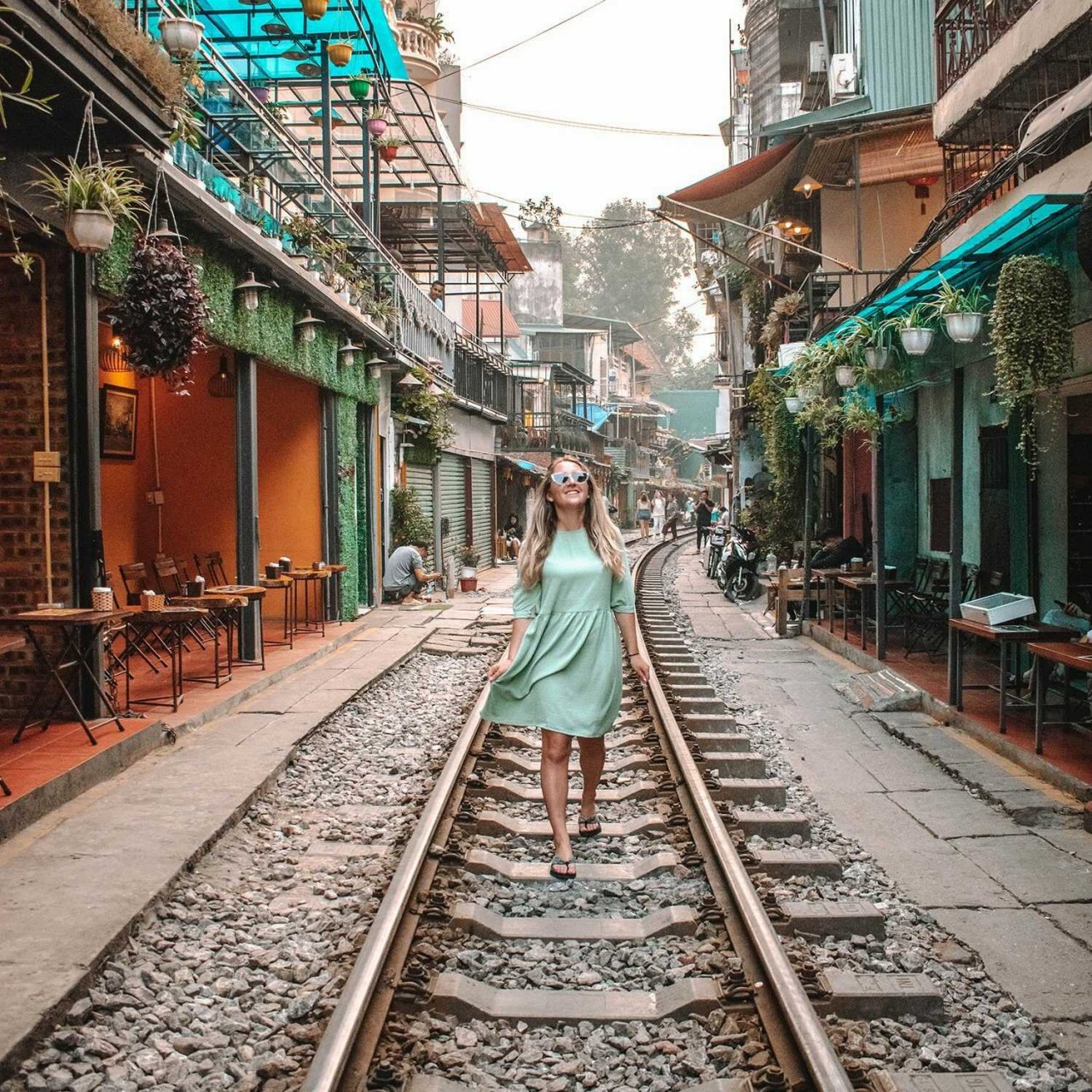 |
| Photo: Brown Eyed Flower Child |
The country’s bustling capital, and the seat of the Communist Party government, Hanoi is worth at least two days of exploration.
Get lost in the Old Quarter, a warren of narrow streets named after the original product the vendors sold (for example Silk Street). Take a stroll around the central Hoan Kiem Lake (Lake of the Restored Sword) and watch the street performers and the locals practicing tai chi.
Make sure you stop to try the delicious Vietnamese egg coffee (Ca Phe Trung) at one of the roadside cafes.
The grand French Quarter is where you can find galleries, museums (including the Museum of Vietnamese Women and Hoa Lo Prison Museum), and upmarket fashion boutiques.
With many visitors and plenty of hotels, Hanoi is one of the top Vietnam tourist destinations.
The best time to visit Hanoi, in terms of weather, is during the three months from October to December, when you’ll find warm, sunny days and levels of humidity below the norm, though it can be chilly at night.
From January to March, cold winds from China combine with high humidity to give a fine mist, which often hangs in the air for days.
March and April usually bring better weather in Hanoi, before the extreme summer heat arrives in late April, accompanied by monsoon storms that peak in August and can last until early October, causing serious flooding throughout the delta.
2. Ha Long Bay
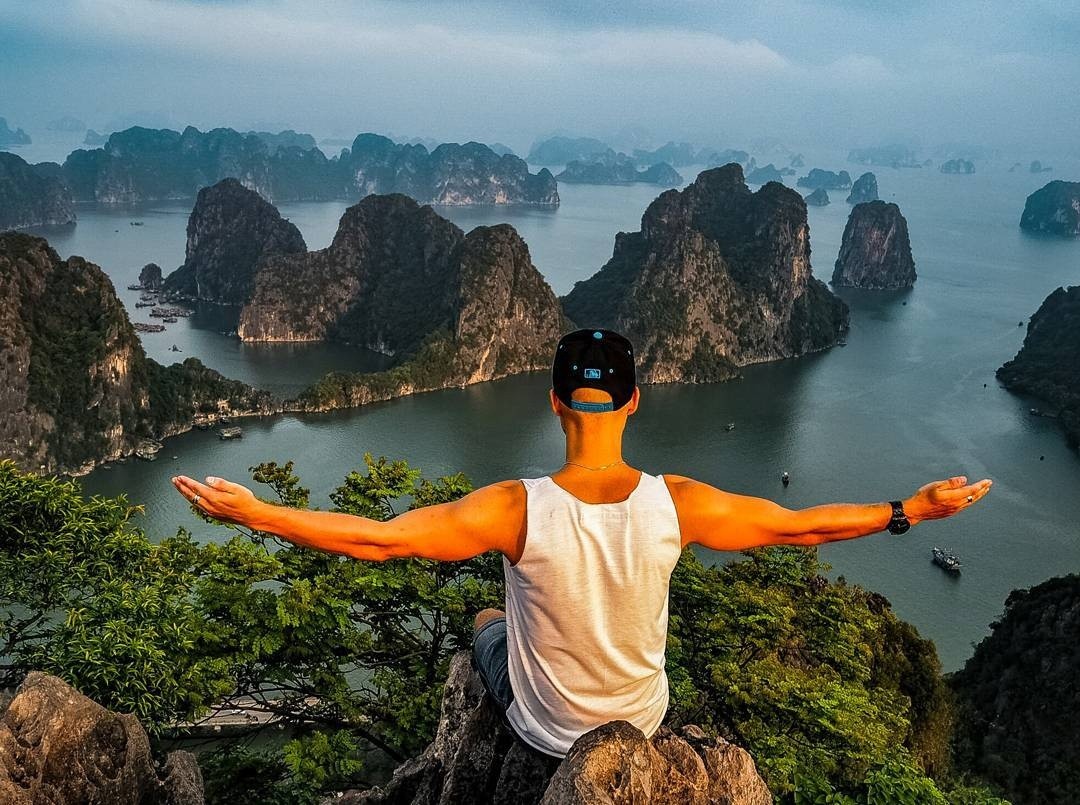 |
| Photo: Wyndham Legend Halong |
Ha Long Bay’s dramatic scenery (over a thousand limestone islands piercing the ocean) is the poster child of Vietnam’s tourism industry and top of most people’s list of Vietnam tourist spots
While the scenery is still sublime, its fame has come at a cost to the tranquillity and environment; the bay is often thronging with tour boats. For a quieter alternative, consider neighboring Bai Tu Long Bay.
Found northeast of Ha Long Bay, Bai Tu Long Bay has equally beautiful karst scenery and sees far fewer tourists.
Stay for one or two nights on a traditional junk boat to explore the bay, including its floating fishing village, Vung Vieng, where residents rarely step on land. Indochina Junk’s Bai Tu Long cruise is recommended.
3. Phong Nha Ke Bang National Park
 |
| Photo: Vietravel |
Designated as a Unesco World Heritage Site in 2003, the remarkable Phong Nha-Ke Bang National Park contains the oldest karst mountains in Asia, formed approximately 400 million years ago.
Riddled with hundreds of cave systems – many of extraordinary scale and length – and spectacular underground rivers, Phong Nha is a speleologists’ heaven on earth.
The Phong Nha region is changing fast. Son Trach town (population 3,000) is the main center, with an ATM, a growing range of accommodation and eating options, and improving transport links with other parts of central Vietnam.
The caves are the region's absolute highlights, but the above-ground attractions of forest trekking, the area's war history, and rural mountain biking mean it deserves a stay of around three days.
4. Hoi An
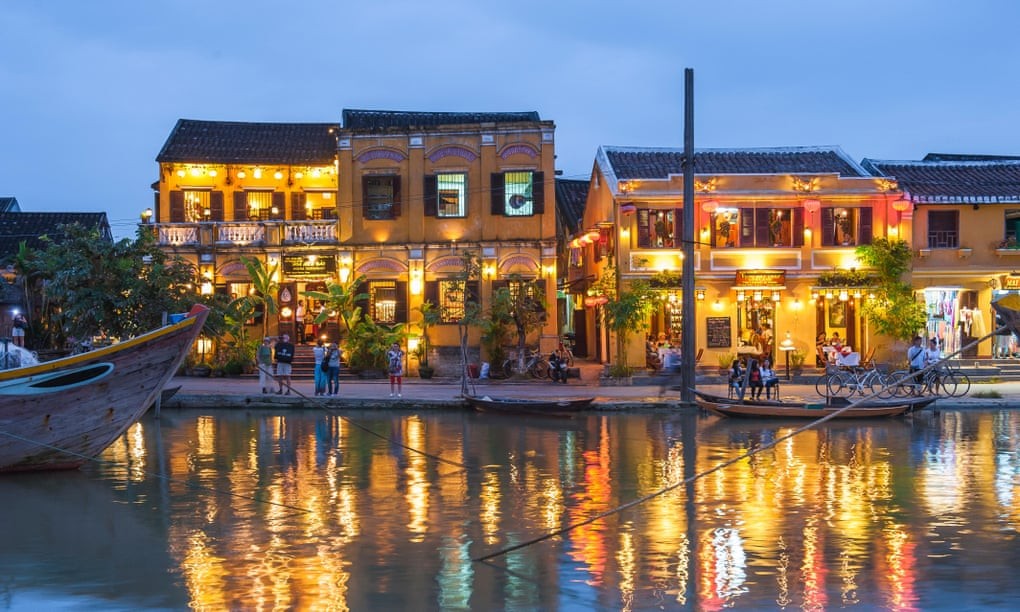 |
| Photo: Alamy |
Hoi An’s ancient core is a rich architectural fusion of Chinese, Japanese, Vietnamese, and European influences dating back to the 16th century.
In its heyday, the now drowsy channel of the Thu Bon River was a jostling crowd of merchant vessels representing the world’s great trading nations, and the mellow streets of this small, amiable town still emanate a timeless air.
The city’s most photographed sight is, without a doubt, the beautiful Japanese Covered Bridge.
However, the most noteworthy monuments in town stem from Hoi An’s resident Chinese population.
First are the merchant homes, some of them more than two hundred years old, and still inhabited by the descendants of prosperous Chinese traders. Between their sober wooden facades, riotous confections of glazed roof tiles and writhing dragons mark the entrances to Chinese Assembly Halls, which form the focal point of civic and spiritual life for an ethnic Chinese community that, today, constitutes one-quarter of Hoi An’s population.
5. Hue
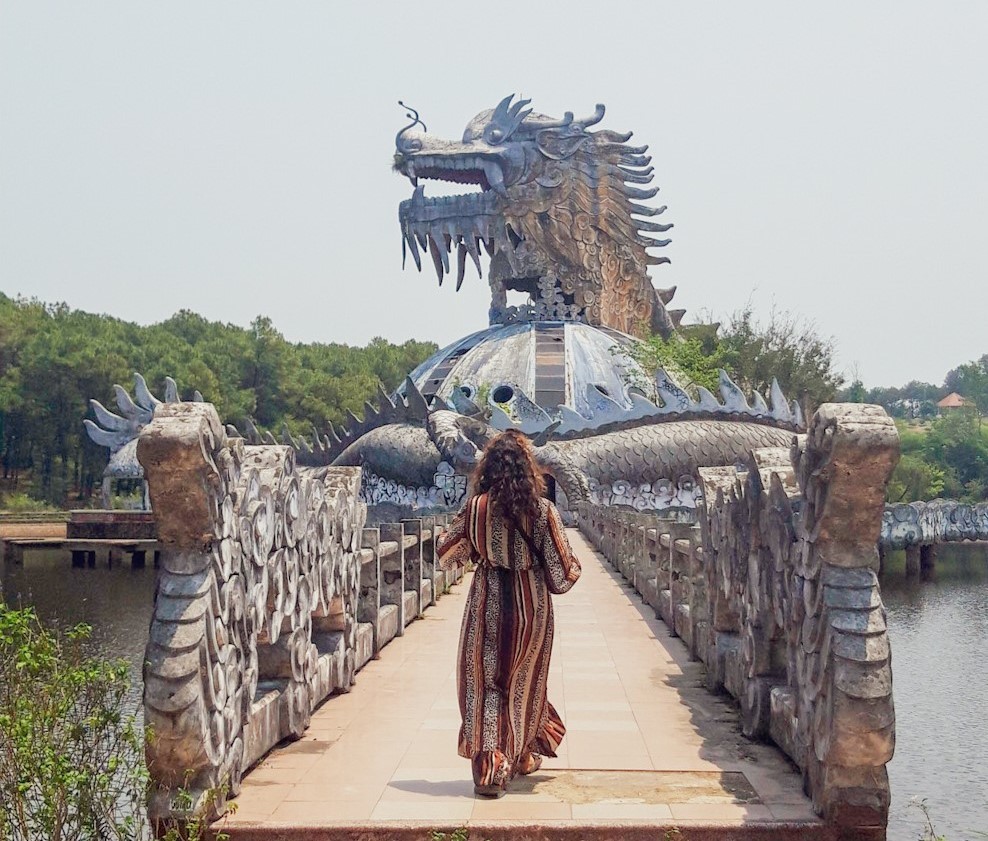 |
| Photo: While You Stay Home |
With the charm of Perfume River, Hue is a traditional city with exotic cultures. It is well-known as Vietnam’s ancient capital, where the Nguyen Dynasty’s citadel was located.
The city represents the vanished Vietnamese feudal empire. Visiting Hue, you can not only learn about the citadel’s history but also get the chance to visit many historical attractions such as tombs, pagodas and monuments, etc.
The beautiful landscape and the tranquil atmosphere would bring about a relaxing journey while discovering the city.
Hue was founded as Vietnam's capital by Gia Long – the first King of the Nguyen Dynasty in 1802.
Constructed in 1804, the Hue Imperial Citadel was Vietnam’s last royal dynasty’s residence for 143 years. It held the royal position for nine Nguyen Dynasties until 1945.
The ancient Citadel was severely damaged during skirmishes with the French in 1947 and destroyed by American forces during the Tet Offensive (a major military campaign of America – Vietnam War in 1968).
Including more than 160 buildings originally, only 20 buildings survived severe damage under French rule and the Vietnam War.
Fortunately, in 1993, UNESCO designated the Citadel a World Heritage site, which enhanced Hue and the citadel’s position in Vietnamese tourism development.
Best things to do in Vietnam
1. Light a lantern in Hoi An
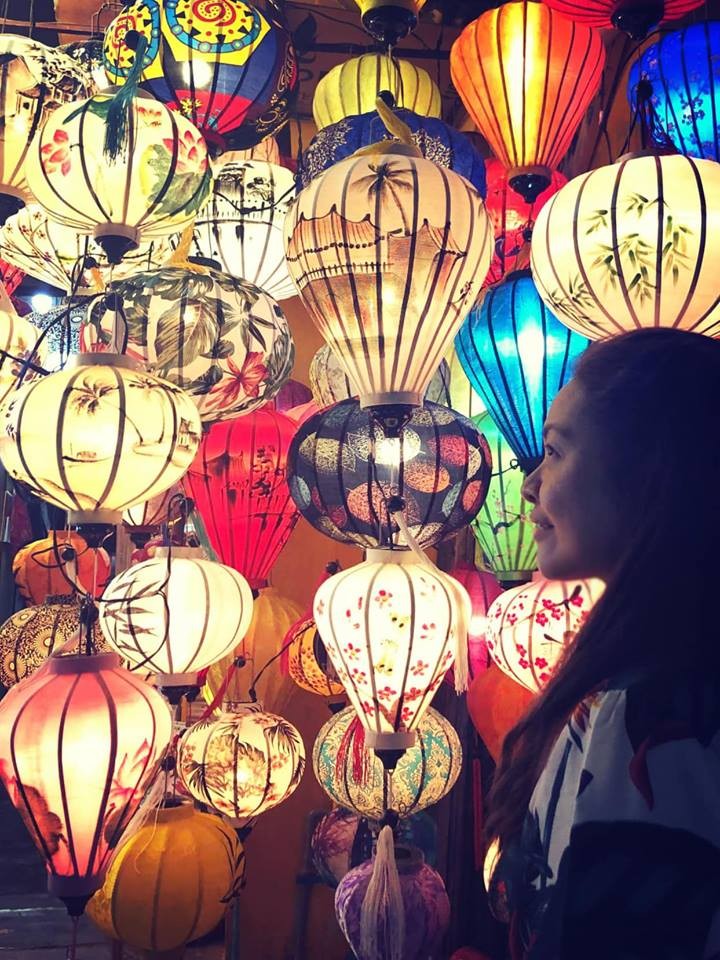 |
| Photo: Jacky Vietnam Travel |
Every Tet holiday (Vietnamese New Year), Hoi An is transformed into a kaleidoscope of color and light for its Lantern Festival.
The celebration lasts for seven days, with the road from Hoi An Bridge to the Hoai River Square adorned with thousands of colorful lanterns.
Over 50 workshops take part in the event, each trying to create the prettiest lantern. The colors are bright and the designs are strictly traditional.
The heart of the festivities is in the old town, between the Japanese Covered Bridge and the Cau An Hoi Bridge. It’s crowded, chaotic, and festive, with spontaneous singing and food stalls at every turn. It is as much a celebration for locals as it is for visitors.
The most breathtaking sight is thousands of lanterns floating on the river; hire a sampan boat to get a closer look. For a small sum, you can buy a lantern and set it afloat too.
If you can’t make it to Hoi An for New Year: smaller lantern festivals are held every full moon. In 2021, Vietnamese New Year fell on 12 February. In 2022, it was celebrated on 1 February, and will fall on 10 February in 2023.
2. Hike through Cat Ba Island
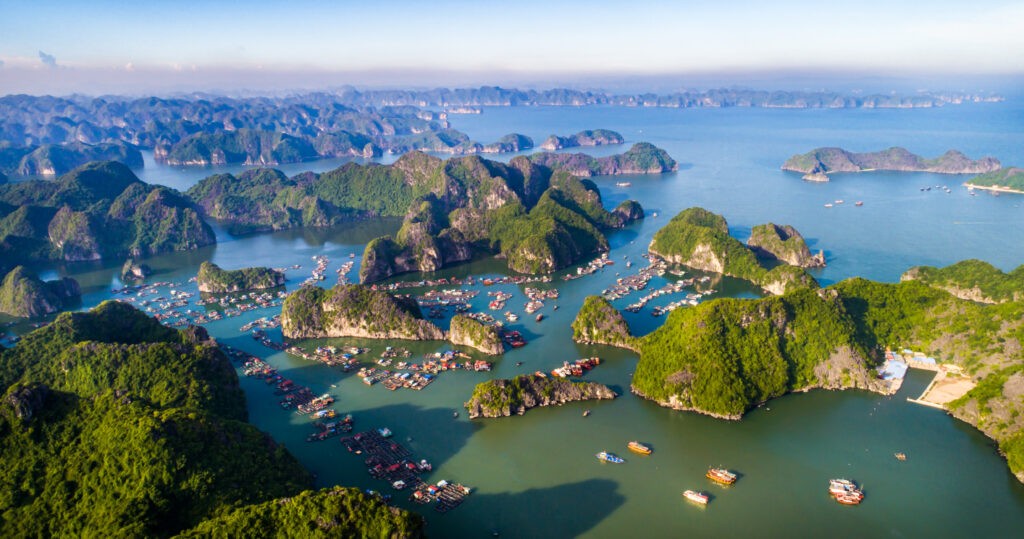 |
| Photo: Shutterstock |
Rugged, craggy, and jungle-clad Cat Ba, the largest island in Halong Bay, has experienced a tourism surge in recent years.
The central hub of Cat Ba Town is now framed by a chain of low-rise concrete hotels along its once-lovely bay, but the rest of the island is largely untouched and as wild as ever.
With idyllic Lan Ha Bay just offshore, you'll soon overlook Cat Ba Town's overdevelopment.
Almost half of Cat Ba Island (with a total area of 354 sq km) and 90 sq km of the adjacent waters were declared a national park in 1986 to protect the island’s diverse ecosystems.
Most of the coastline consists are rocky cliffs, but there are some sandy beaches and tiny fishing villages hidden away in small coves.
Lakes, waterfalls, and grottoes dot the spectacular limestone hills, the highest rising 331m above sea level.
The island’s largest body of water is Ech Lake (3 hectares).
3. Search for Vietnam’s best pho in Hanoi
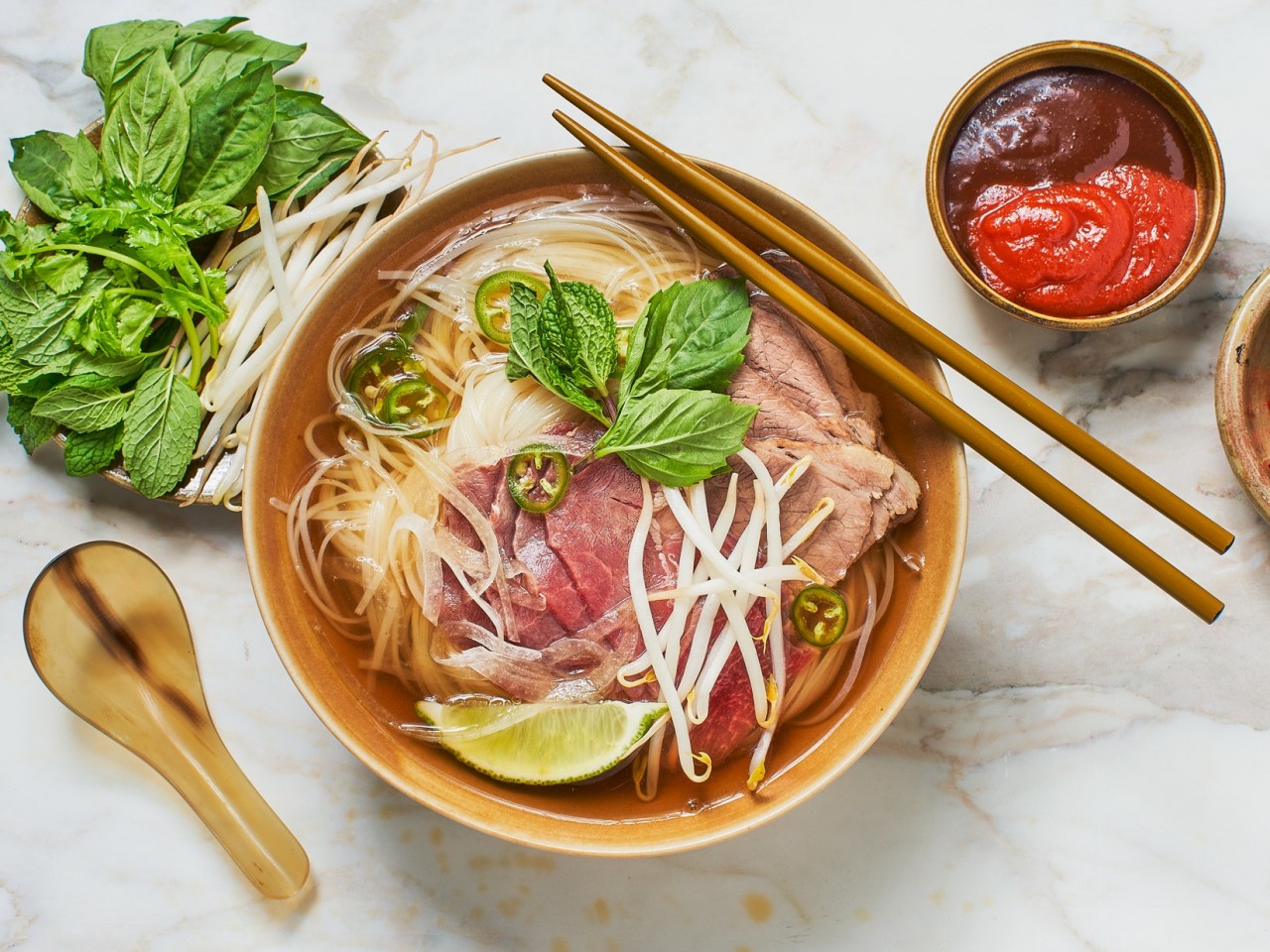 |
| Photo: Bon Appetit |
Pho is a Vietnamese staple – a quick, tasty meal made from four simple ingredients: clear stock, boiled beef, rice noodles, and herbs or green onions. In Vietnam; you’ll find it served on street corners and in upscale restaurants, as well as in every family home.
Hanoi has gained a reputation as the pho capital of Vietnam. Every restaurant here boasts a secret recipe. Take your time searching for the best – that's part of the fun.
4. Cycle around Hue
Halfway between Hanoi and Ho Chi Minh City, Hue marked the divide between the north and the south during the Vietnam War.
Set on the pretty Perfume River, it has always played an important part in Vietnamese history and is dotted with important historical sites.
It is also a great place to cycle. Set off in the cool of the morning and head three kilometers out of town to the Tiger Fighting arena.
It was Vietnam’s version of the Colosseum, a place where elephants and tigers would fight to honor the strength of the monarchy. Next, head to Tu Duc Tomb before reaching Vong Canh Hill – the best spot for panoramic views of the Perfume River.
From Vong Canh Hill, it’s downhill to one of Hue's most atmospheric pagodas, Tu Hieu, which is located in a tranquil and picturesque pine forest. Swing by the tomb of Minh Mang, the second emperor of the Nguyen dynasty, before heading back to town.
5. Sail past the Tam Coc rice fields
In 2014, the Trang An Scenic Landscape Complex in northern Vietnam's Ninh Binh province was inscribed as a UNESCO World Heritage Site.
The dramatic limestone karsts and sweeping, deep green valleys, often with boats floating along the Red River Delta.
The village of Tam Coc – Bich Dong (often referred to simply as 'Tam Coc') falls under this complex, and its famous rice paddies, which UNESCO-listed status.
Undoubtedly, the best way to experience them is to take a slow, languorous boat ride along the Ngo Dong River, admiring the otherworldly view as you go.
Getting to Tam Coc is easier than ever. Admittedly, the area has become more popular with visitors in recent years - for good reason.
Buses and trains from Hanoi to Ninh Binh take about three hours, while organized day tours and two-day trips are available if you'd prefer to take the pressure off planning your excursion.
20 best places to visit in March, as per Wanderlust1. Michoacán, Mexico 2. Wilhelmina Bay, Antarctica 3. Swedish Lapland 4. Argentinean Patagonia 5. Karnataka, India 6. Carnaval Vénitien, Annecy, France 7. Reindeer Herder Festival, Yamal Peninsula, Russia 8. Fagu Festival, Nepal 9. Falles Festival, Valencia, Spain 10. St Patrick’s Day, Dublin, Ireland 11. Lisse, The Netherlands 12. Southern California, USA 13. Japan 14. Namibia 15. Jordan 16. South Island, New Zealand 17. Vietnam 18. Colombia 19. The lesser-known Canary Islands 20. The Nile, Egypt |
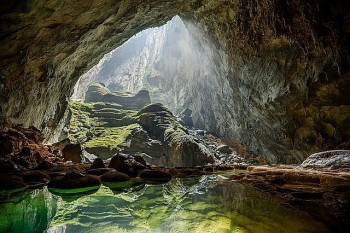 | BBC To Premiere Globally Documentary On Phong Nha – Ke Bang A film crew from the BBC Landmark Natural History Series is making a documentary about the Vietnamese world heritage site Phong Nha - Ke Bang ... |
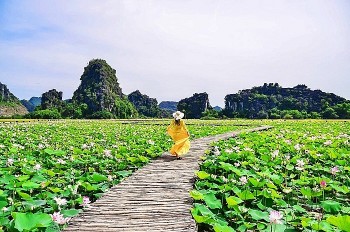 | The Mysterious Mua Cave Charms Young People In Vietnam Not only famous for being an ideal spot to see the beauty of the Tam Coc region, but Mua Cave is also a dreamy and ... |
 | "Korean Tourists Miss Vietnam," says Vietnam Tourism Ambassador in RoK As Vietnam prepares to open up to international tourists, Ly Xuong Can, a descendant of Ly king, Vietnam Tourism Ambassador to the Republic of Korea, ... |
Recommended
![[Photo] Peace Boat delegates immersed in Quang Ninh's Hues](https://vietnamtimes.org.vn/stores/news_dataimages/2025/052025/03/13/15ba8cdc6fa53a282f0ef99e14eb9cc5.jpg?rt=20250503130632) Multimedia
Multimedia
[Photo] Peace Boat delegates immersed in Quang Ninh's Hues
 Multimedia
Multimedia
Hanoi Hosts Friendship Exchange Celebrating 2025 Traditional New Year of Asian Countries
 Multimedia
Multimedia
Vietnamese People's Army Forcers in full dress parade rehearsal to celebrate the 50th anniversary of National Reunification
 Multimedia
Multimedia
In pictures: Fireworks Display in Hanoi Celebrates national reunification day
 Multimedia
Multimedia
Phong Nha-Ke Bang National Park Named Top Adventure Travel Site
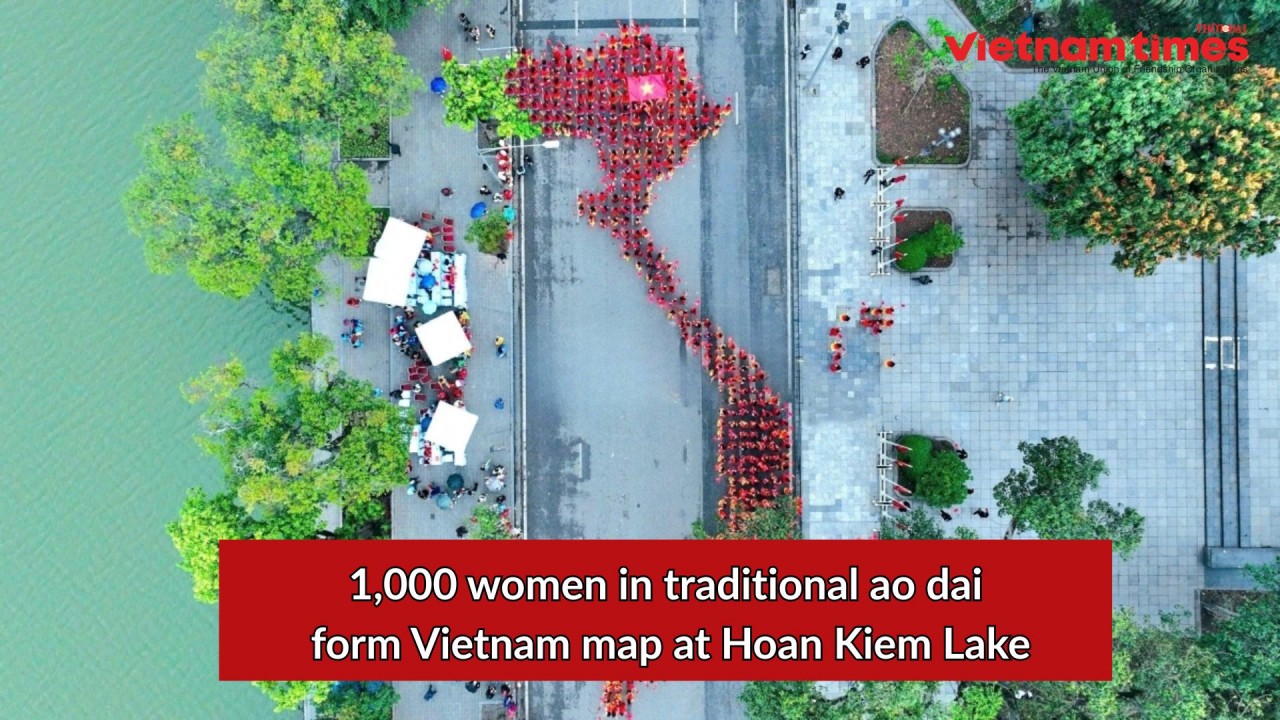 Multimedia
Multimedia
1,000 Women in Traditional Ao Dai Form Vietnam Map at Hoan Kiem Lake
 Multimedia
Multimedia
Vietnam’s Textile Industry Strengthens Position in Global Supply Chains
 Multimedia
Multimedia


